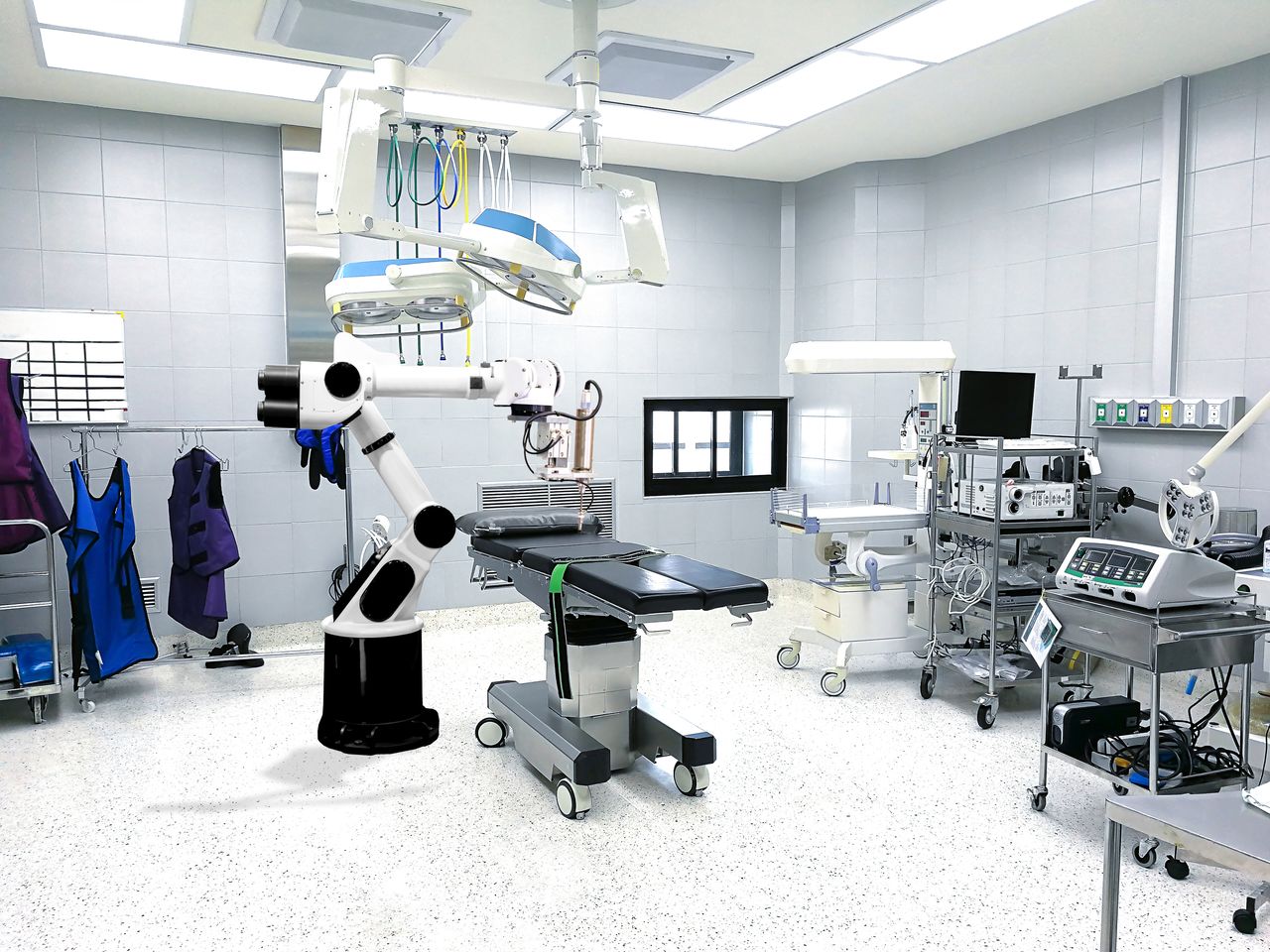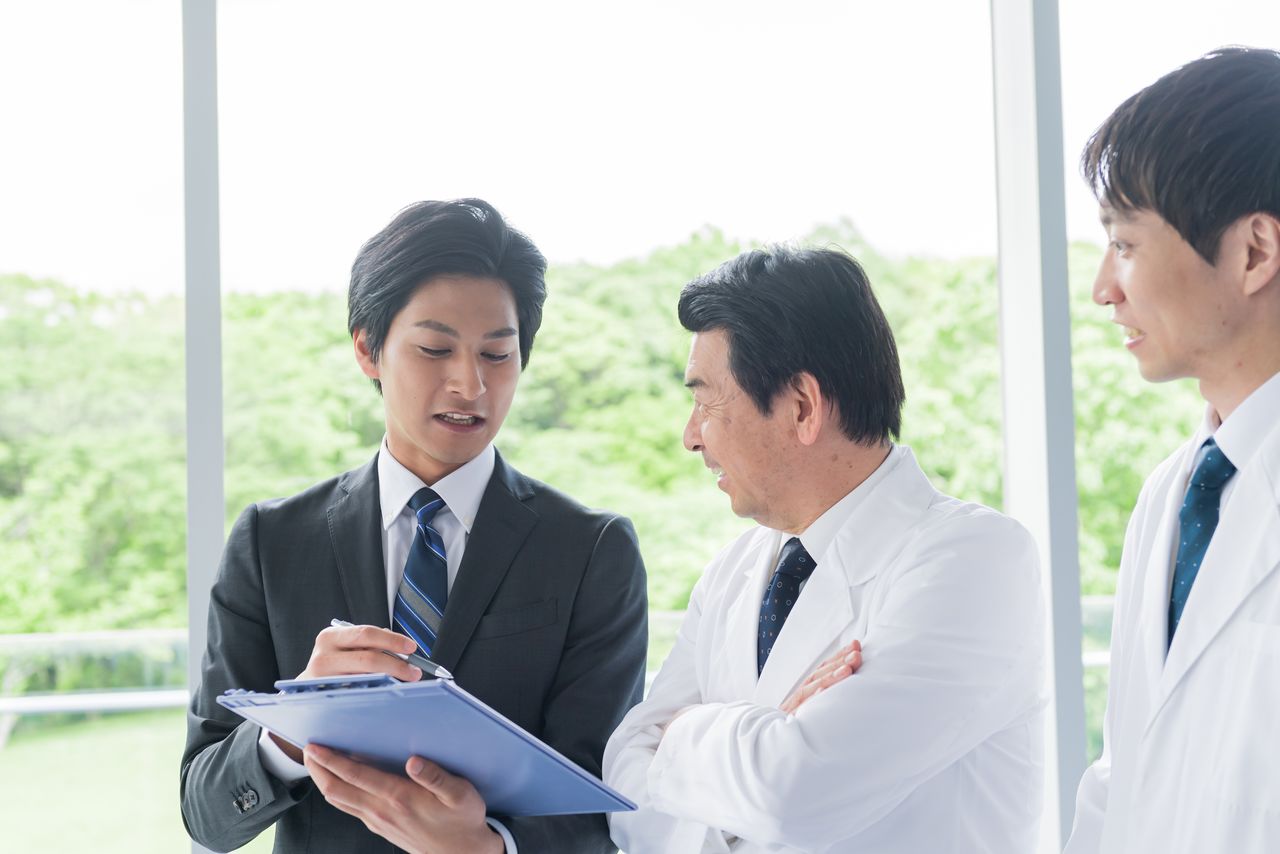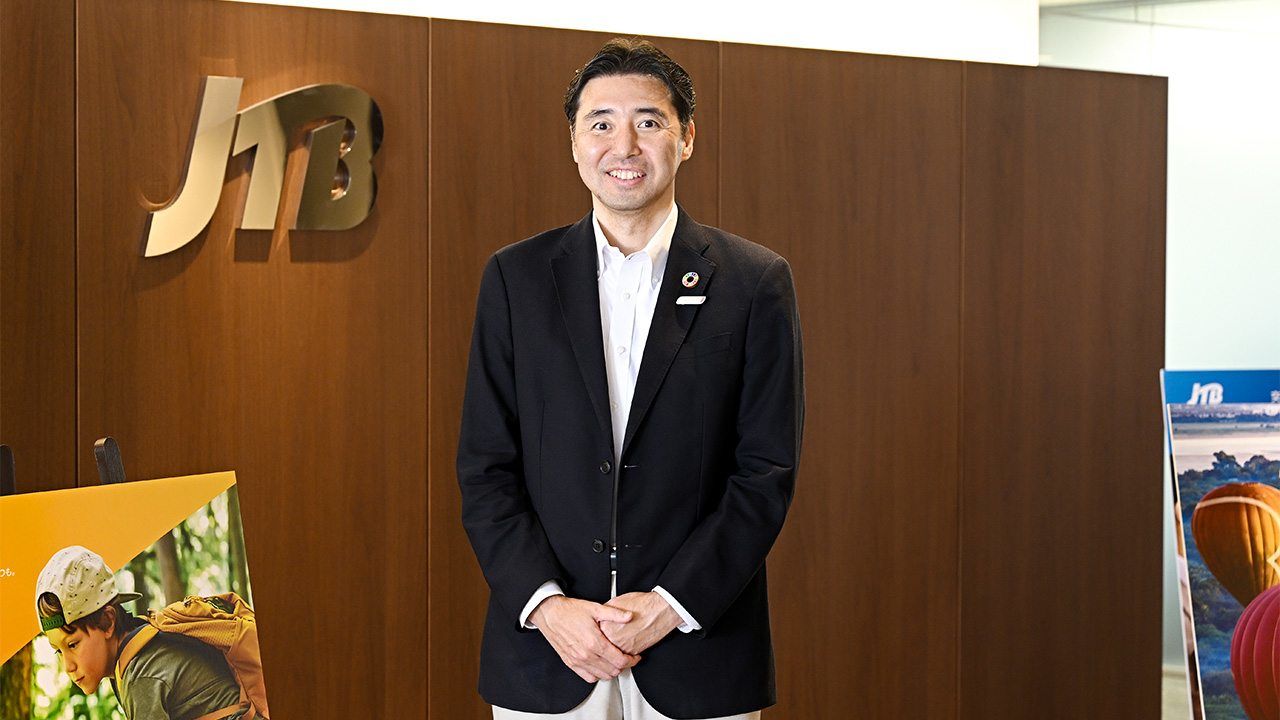
JTB’s Role in the Development of Medical Tourism in Japan
Economy Health Travel- English
- 日本語
- 简体字
- 繁體字
- Français
- Español
- العربية
- Русский
An Expanding Global Market
Going abroad for medical checkups and treatment is not a common practice among Japanese. The universal health insurance system in Japan ensures that inexpensive and high-quality medical care is available to all. As a result, most people have little need for what has come to be called “medical tourism.”
But the same cannot be said everywhere in the world. With the rise of the internet and improvements in transportation networks, medical care has rapidly become unmoored from individual countries, and as a result the medical tourism market has continued to grow despite a lull during the COVID-19 pandemic. According to the India-based International Market Analysis Research and Consulting Group, in 2022 the worldwide market reached $97.3 billion.
“The medical systems available in each country in the world differ,” explains Matsushima Takanori of the Japanese travel industry giant JTB. “Every country in the world has its own medical system. There are countries like the United States where medical costs are high, countries like some developing nations where medical care is insufficient, and countries where medical standards vary greatly. Thus, many people are eager to travel abroad in search of better medical care. Medical tourism has become commonplace in some Southeast Asian countries, and some people travel to Thailand and Malaysia, where high-quality medical care is available, for the sole purpose of undergoing dental procedures.”
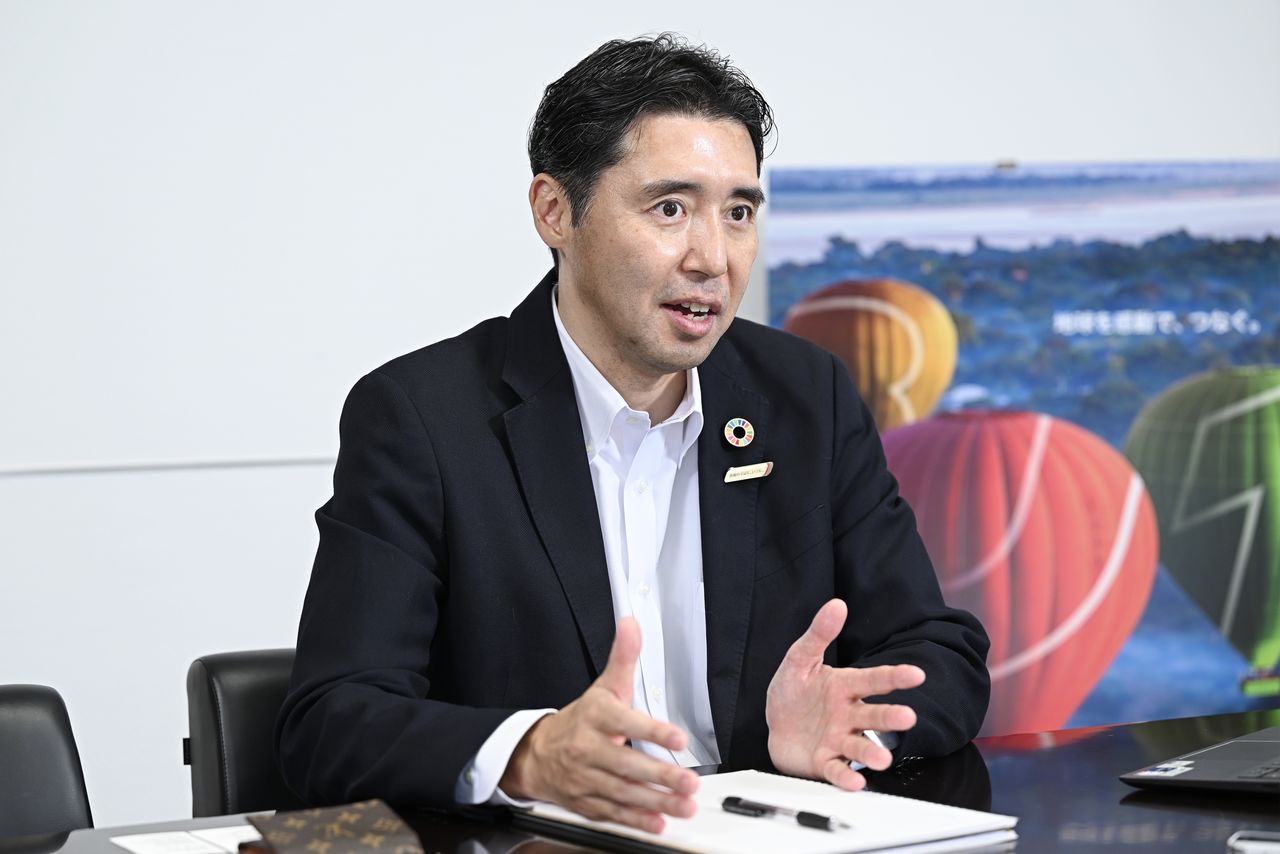
JTB’s Matsushima Takanori discusses the global medical tourism scene. (© Ikazaki Shinobu)
JTB has positioned itself as a leader in this sector. Realizing that the upswing in medical tourism provided it with a business opportunity, the company became one of the first private firms to enter the market when it established its Japan Medical and Healthcare Center in 2010. JMHC provides a variety of services such as planning trips to for the purpose of undergoing physical examinations and medical testing in Japan and acting as a liaison between those who seek medical examinations and Japanese hospitals and medical staff.
The Center was Matsushima’s brainchild. Now serving as its director, he is known for his efforts to promote medical tourism in Japan through a number of means, including working with the government to create a system for issuing special visas that can be used to enter the country on a temporary basis to undergo medical treatment.
“When we began thinking about this project in 2008, there was no term in Japanese for ‘medical tourism,’ and few hospitals in Japan would deal with foreigners not enrolled in domestic insurance schemes,” said Matsushima. “But as the number of people interested in medical tourism increased, hospitals gradually began creating systems for accepting such people. So far, JTB has cooperated with approximately 350 medical facilities. We started with zero customers, but in 2023 the number of patients entering Japan for medical examinations and treatment more than doubled compared to the previous year, and the number is still growing.”
What allowed JTB to transition to the medical tourism business was the globalization of medical care in Japan. In 2020 the Development Bank of Japan estimated that the potential demand in the medical tourism market was 430,000 people and represented ¥550 trillion. Clearly there was considerable global demand that could be met by nations with advanced medical care systems, such as Japan.
The Chinese Medical Tourism Market
Notably, many of those seeking medical care in Japan are Chinese. Before COVID-19, approximately 70% of visas for medical stays in Japan were issued to Chinese visitors.
“Partially due to the geographic proximity, over 90 percent of those who utilized JTB’s medical tourism service for medical examinations and testing prior to the pandemic were Chinese,” explains Matsushima. “But in the last few years we’ve seen higher percentages from Vietnam and Mongolia, partially as a result of restrictions placed on tour groups from China. We have also begun to see people from Indonesia coming to Japan for medical purposes.”
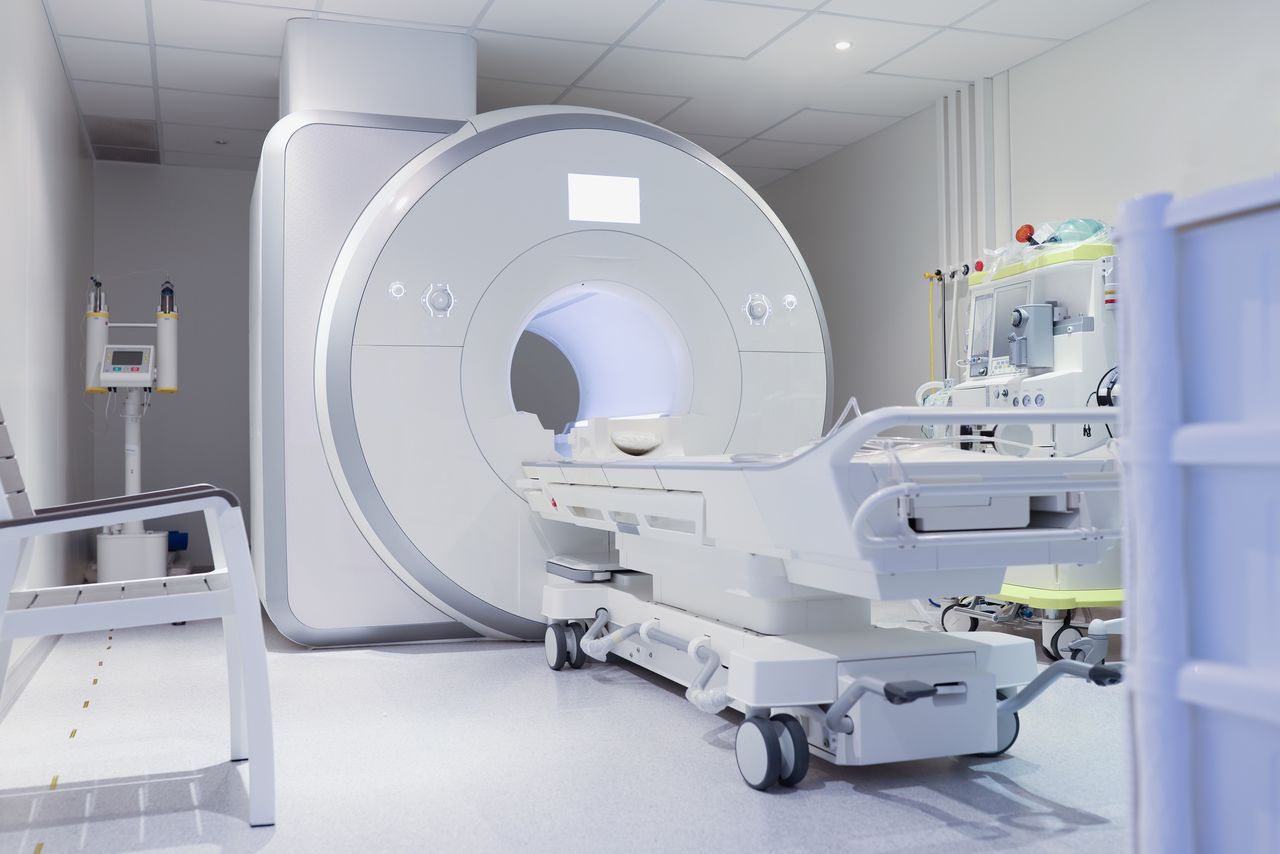
Japan’s advanced facilities attract attention from foreign visitors seeking treatment. (© Pixta)
What those coming to Japan for healthcare services seek are preventive medicine as well as advanced and safe medical technology.
A 2019 report issued by the Ministry of Economy, Trade, and Industry on Japan’s high-quality medical care covers the issue of preventive medicine, pointing out that the widespread availability of medical devices means that health checks are inexpensive. It also notes that endoscopic examinations and radiological diagnostic procedures are highly advanced and that early detection of cancer is possible using a combination of multiple tests.
On the subject of state-of-the-art medicine, the report describes advances made in minimally invasive technologies for cancer and cardiovascular disease patients, such as endoscopic treatments, catheter technology, and robotic technologies. It also notes that Japan leads the world in heavy ion therapy and that there are a wide variety of anticancer drug treatments available.
It also lists the many features of medical care in Japan that make it attractive. These include the high degree of skill displayed by physicians and medical staff members in Japan, the availability of safe medical care based on informed consent, the hospitality and kindness with which patients are treated, and the cleanliness of medical facilities.
The Key Role of Medical Coordinators
“Figures for usage prior to COVID-19 show that the percentages of people who sought medical treatment and those who sought medical examinations and testing were about the same,” says Matsushima. “When it comes to full-fledged treatment, unfortunately, there are many cases where the patients cannot obtain the courses of treatment they are hoping for; as a result, only around 10 to 20 percent are actually treated here.”
While the Japanese medical system has many strengths, there are a number of hurdles of Japanese medical care.
The first of these is language. Inability to speak Japanese prevents most foreign visitors from accurately describing their symptoms, as well as meaning they are unable to understand physicians’ explanations of their symptoms and treatments, which often include medical jargon. This may prevent a patient from receiving appropriate medical care.
This problem leads to the next, which is finding a medical facility. Since few medical staff members in Japan speak languages other than Japanese, there are few hospitals in Japan that can handle medical tourists. This makes it difficult for people who neither live in Japan nor speak the language to find a reliable hospital that is ready to treat them.
Finally, there is the problem of the financial burden. Foreigners who are not enrolled in the Japanese public medical insurance system have to pay all medical costs out of their own pocket. In some cases, even interpretation services cost money. “The mean cost of JTB’s service,” explains Matsushima, “which is a package that includes medical examinations and testing, is between 500,000 and 700,000 yen. If medical tourists were to pay for the same range of services out of their own pocket, it would cost them anywhere from several millions to several tens of millions of yen.”
The job of the medical coordinators at JTB’s JMHC is to provide assistance to medical tourists as they attempt to overcome each of these obstacles.
In the simplest terms, JMHC serves as a liaison between patients and medical facilities. More specifically, it provides information about treatment and other aspects of medical facilities, as well as the support required to ensure patients can complete all the necessary tasks, including making reservations, completing procedures to receive medical examinations, obtaining an estimate of the medical costs, communicating with medical staff, ensuring an interpreter is available, and making reservations for travel, accommodations, and transportation.
The Japanese government is also working to create a system for accepting medical tourists. It has prepared a portal site for information on medical tourism called Japan Hospital Search. Using this website, potential medical tourists can find high-quality medical coordinators as well as hospitals that are eager to work with medical tourists. It also has a consultation service and other services designed to provide consistent support to medical tourists from the time they leave on their trip to the time they return home.
Matsushima describes the importance of a service like JMHC as follows. “If patients who are unable to speak Japanese were to suddenly show up, hospitals would be unable to deal with them, which in turn would interfere with their operations. We also need to avoid the problem of patients potentially returning to their home country without paying their medical fees. Our role is to act as liaisons between the patients and the hospitals coordinating the medical services so that they can be provided without difficulties arising.”
Medical tourism is an industry that entices those seeking medical care to come to Japan in increasing numbers while at the same time making a contribution to the better health of people around the world.
“JTB is a company whose mission is to facilitate interaction among people,” says Matsushima. “Our job is to create opportunities for interaction on the global stage through medicine and healthcare. For the employees at JTB, helping people overseas overcome problems is just part of the job.”
(Originally published in Japanese. Reporting and text by Sugihara Yuka and Power News. Banner photo © Ikazaki Shinobu.)
